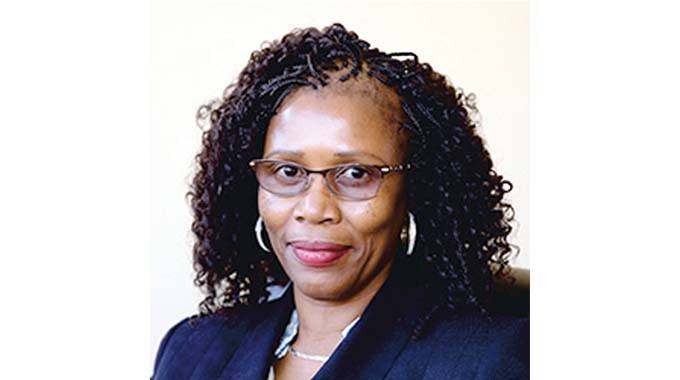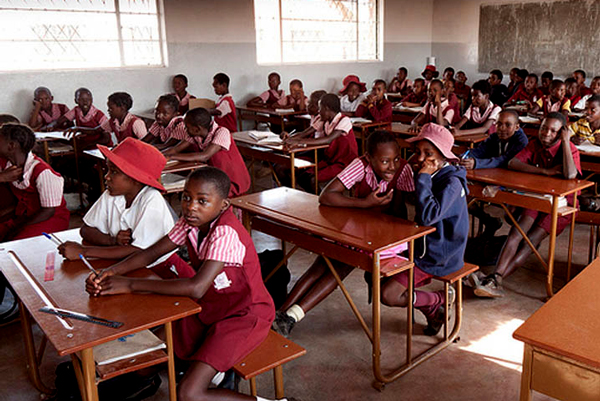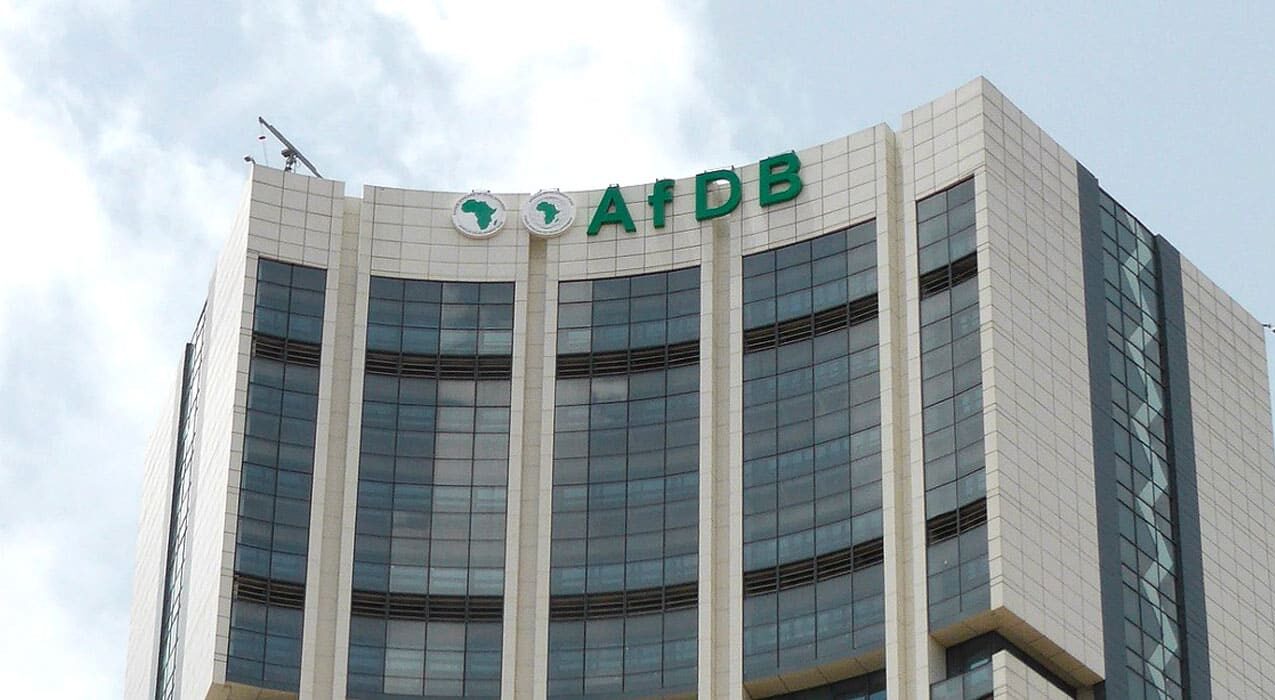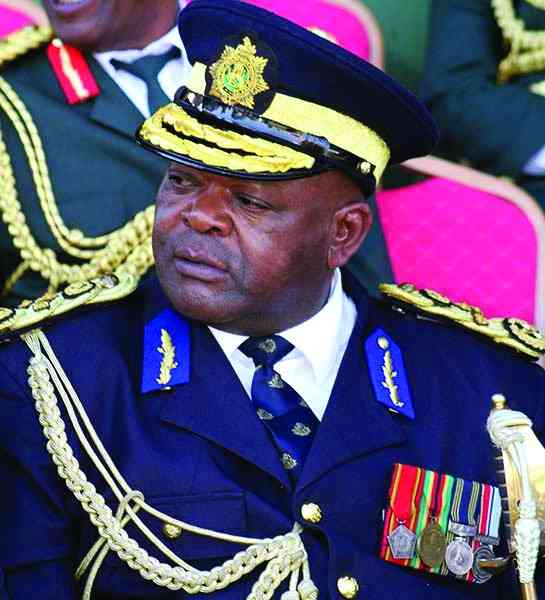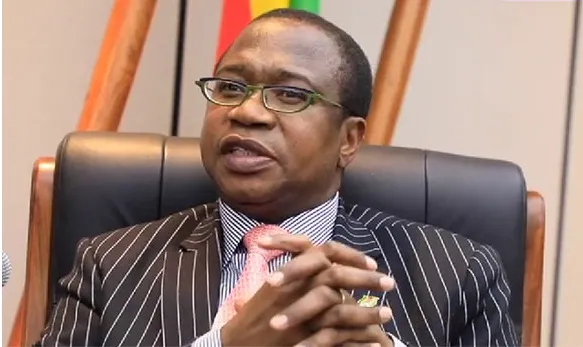
KUDZAI KUWAZA FINANCE and Economic Development minister Mthuli Ncube yesterday revised 2022 gross domestic product (GDP) growth targets to 4,6% from 5,5%, citing supply chain disruptions globally, a volatile currency and high inflation.
Presenting the 2022 mid-term economic review statement and supplementary budget, Ncube said agricultural output also came through at much reduced volumes, holding back the growth rate.
The country’s economic crisis deepened during the period.
Foreign currency shortages, the rapidly depreciating local unit and runaway inflation combined with global instabilities to push back growth.
However, leading economists quickly warned that the Treasury chief was overly optimistic, as they projected growth rates of between 3% and 3,8%.
The country swung back to triple digit annual inflation during the period, with the rate rising to 191,6% in June, from 60% in January.
Exchange rates have run riot on the parallel and official markets, eroding consumer buying power.
Triple digit inflation figures had last been reported in 2020.
- Chamisa under fire over US$120K donation
- Mavhunga puts DeMbare into Chibuku quarterfinals
- Pension funds bet on Cabora Bassa oilfields
- Councils defy govt fire tender directive
Keep Reading
Ncube sounded downbeat yesterday as he disclosed that agriculture – one of the country’s economic mainstays — would be among the hardest hit, contracting by -5% from an initial 5% growth projection.
“Economic performance during the first half of 2022 reaffirms the positive growth trajectory as projected in the 2022 national budget,” Ncube said.
“GDP growth in 2022 is, however, now projected to slow down to 4,6% from the 5,5% initially projected,” he said, confirming his promise to revise targets downward in May, after policy missteps aggravated an exchange rate crisis.
“The downward revision is mainly arising from reduced output from the 2021/22 agricultural season, compounded by continued depreciation of the local currency and rising inflation. The impact of geopolitical developments is also weighing down on the growth potential of the economy.”
A low rainfall season, bottlenecks in inputs distribution and high cost of inputs were the driving factors behind reduced agricultural output.
“These developments led to substantial write-offs in hectarage planted of more than 23%. As a result, the agriculture sector is now projected to contract by -5%, from the initially projected expansion of 5,1%,” he said.
Ncube revised downwards growth projections for the manufacturing sector to 3,6% from 5,5%.
“Despite the increase in manufacturing capacity utilisation to 56,5% from 47% in 2021 and increased availability of domestically produced goods in the supermarkets, growth of the sector is now expected to slow-down to 3,6% in 2022 compared to an initial projection of 5,5%,” he said.
“The downgrade is mainly due to the high cost of production, attributable to rise in prices of imported raw materials and a poor agricultural season.”
Ncube pointed out that notwithstanding the numerous global and domestic downside risks, the economy was still projected to record increased activity in mining, construction, accommodation and food services.
This, the Finance and Economic Development minister said, will be underpinned by maintenance of the multiple currency regime, continued fiscal consolidation, a tight monetary policy stance and mitigation of the adverse expectations on inflation and exchange rate.
Ncube said the mining sector was expected to grow at 9,5% in 2022 up from the initially projected 8%.
This, he said, will be driven by increased output in gold, platinum group metals, chrome, nickel, diamonds and coal.
Record international commodity prices and increased investments into the sector were expected to spur growth.
Ncube projected the accommodation and food services sector was expected to continue to grow in 2022 by 50% up from the initially expected 18,8%.
The information and communication sector would grow by 5,3% this year, up from 2,4%, driven by demand for mobile voice traffic and internet data.
He, however, reduced the GDP growth projection for the construction sector from 17,4% to 10,5%.
But Oswell Binha, chairperson at CEO Africa Roundtable, said growth was likely to be between 3,5% and 3,8%.

“I think for me the major drivers of growth are infrastructure development and external support,” Binha told the Zimbabwe Independent.
“But I would not put the projected growth at 4,6%. I will put it at between 3,5% and 3,8%.”
Binha cautioned that Ncube’s projected growth rate depended on exchange rate stability.
Economist Prosper Chitambara said Ncube’s revised GDP growth was over-optimistic given the prevailing economic uncertainty.
“I think that this projection is slightly optimistic as there is still a lot of uncertainty over the Russia/Ukraine conflict,” Chitambara.
“My own projection is 3%,” he added.

However, Chitambara said there had been positive signs including the dip in fuel prices.
He also pointed out that the exchange rate volatility remained a significant obstacle.
In his presentation, Ncube said Zimbabwe’s exports increased by 33% to US$3,5 billion during the first half of this year from US$2,6 billion during the same period last year driven by an increase in agriculture, mineral and manufactured exports.
He projected exports to reach US$7,3 billion by year end.
“Merchandise exports and imports increased by 33% and 15% to US$3,5 billion and US$3,7 billion respectively, during the first half of 2022, compared to the same period in 2021. To year end, exports are expected to reach US$7,3 billion, spurred by increases in mineral receipts benefitting from the mineral commodity price boom as well as increases in agriculture and manufactured exports,” Ncube added.
“Similarly, merchandise imports are also projected to reach US$8,1 billion driven by fuel, machinery and raw material imports. As a result, the country’s balance of payments remains favourable with a current surplus of US$387,1 million having been registered during the first half of 2022.”
He said the positive current account performance reported during the period was projected to continue for the remainder of the year.
Minerals drove the rise in exports, Ncube said, confirming the robust rise in commodities during the period as economies swung out of Covid-19 induced lockdowns.

